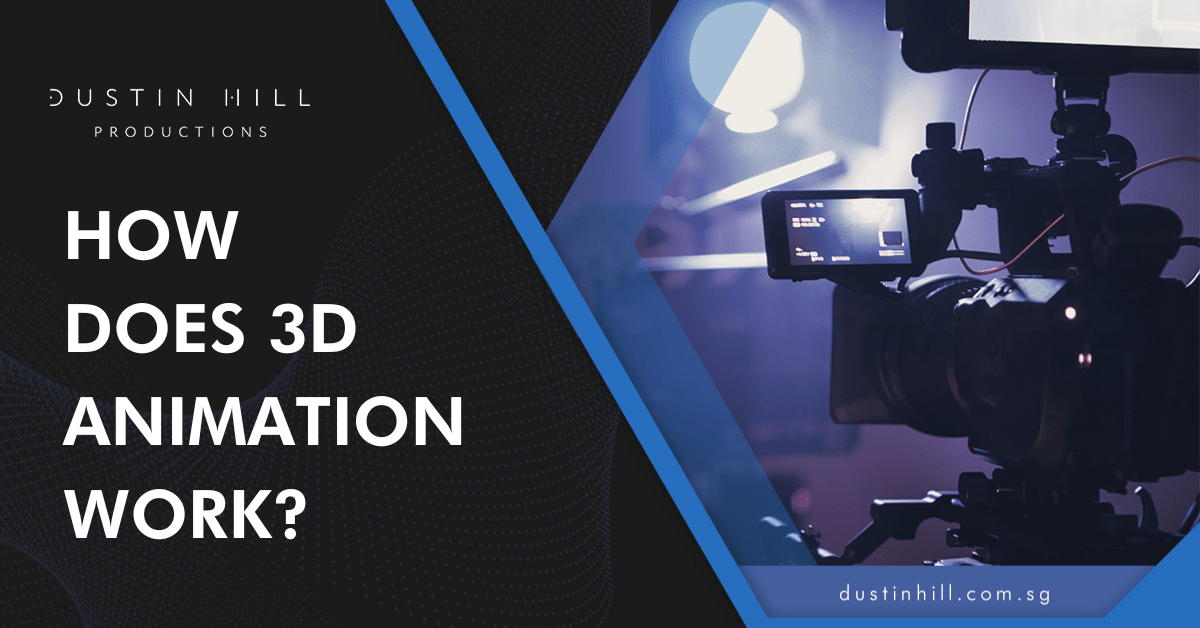
Animation videos are a great way to engage your viewers and keep them interested in what you say. They’re engaging, fun, and can communicate much information in a short time, which is why animation is used everywhere, from marketing to education.
There are different types of animation videos, with their unique strengths. Among them, 2D and 3D animations are increasingly popular. But, it’s important to be aware of the dimension effects while creating videos.
To know more about the difference between 2D and 3D animation, Read this article!
3D animation is an amazing technology that can completely immerse you in a virtual world. Adding the element of movement makes the character come alive and creates a more memorable experience for those watching. But it’s not an easy job!
It’s a process that takes a lot of hard work and dedication, but when done correctly, 3D animation can be breathtakingly beautiful and completely engaging. So if you’re curious about how this fascinating process works, keep reading!
Process of Making 3D Animation
Creating a 3D animated video is complex and involves several stages that can vary in the number of steps, depending on the project.
However, some essential steps are typically followed in most 3D animation pipelines and are listed below.
1. Modelling
The first stage of shaping and moulding characters and environments is called “Modelling”. The process is used to create the visual appearance of objects in the form of a 3D mesh, depending on the concept or storyboard created.
A simple object, called a primitive, is the building block for a 3D mesh. It can be a single point or a 2D line, or a 3D object from which it is extended to create an object using a 3D software tool.
2. Texturing
Texturing is the next essential step in creating any 3D object, making all the difference in bringing a character or object to life. It gives the object its final finish with skin, clothing, or hair for a character, a metal finish for a car or machine, etc.
The team starts with a base texture, which is then altered to create the required effect. They use various tools and techniques to create realistic and lifelike textures.
3. Rigging
Rigging involves constructing the muscular-skeletal basis of the object, which will determine how the character moves. This process begins with thoroughly understanding the character’s anatomy or objects being rigged.
Throughout this process, riggers must maintain a high level of communication with the animators to ensure that the final product meets their expectations.
4. Animation
After you have designed and created your 3D character or object, they are animated to create a sequence of movements or to act out a scene. This is where the complete storyboard is animated as per the script created. In addition, adding lighting and sound effects can bring the scene to life and create a truly immersive experience for the viewer.
5. Rendering
Once the animation is just right, it’s time to render the images. In this process, the computer generates the final graphic images used in the animation. The rendering stage is critical, as it’s here that details like light and shadow, reflections, depth of field, motion blur, and transparency are added. Further, with the final touches of compositing and VFX, the animation is ready to be enjoyed by audiences worldwide.
To know the benefits of using animation videos for marketing purposes, Read this article!
Making 3D animation requires a lot of patience and attention, which takes a lot of hard work, skill, and time. However, the result is always worth it, as audiences can experience something truly unique and mesmerising video.
